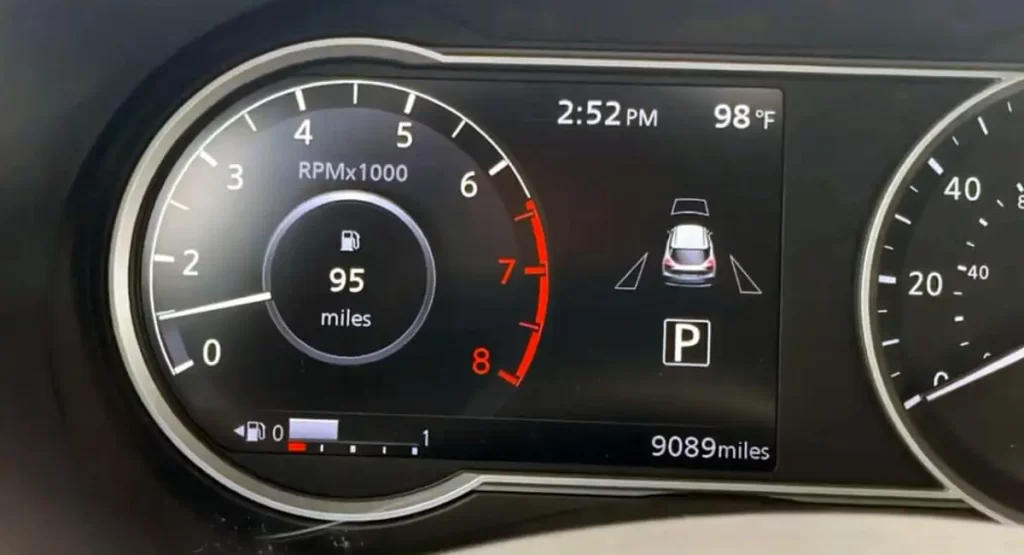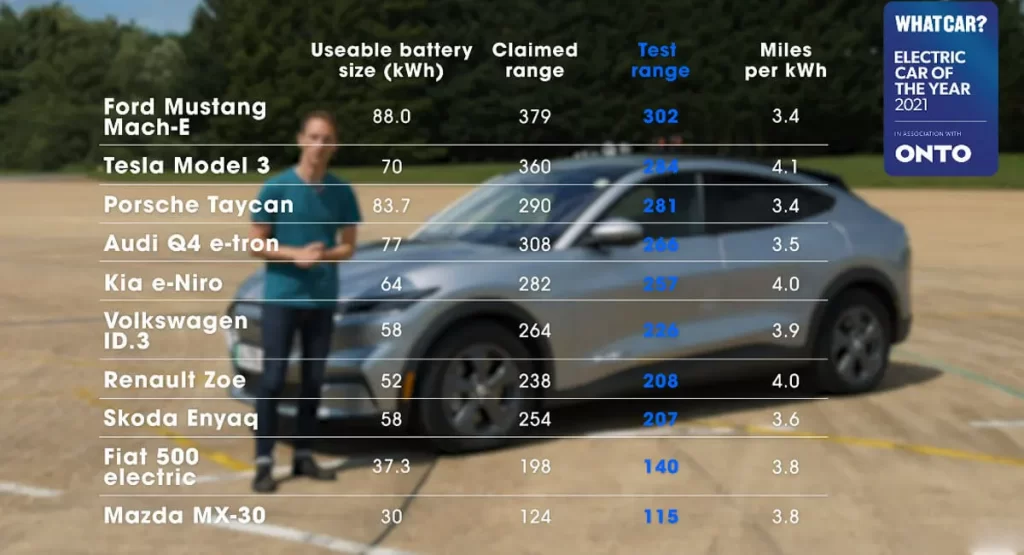DTE is a common trip computer function found in most cars that displays the remaining range based on your current fuel economy. For electric vehicles, it’s one of the most reassuring – or concerning – gauges.
In this article, we discuss everything related to what does DTE mean in a car. So, stick until the end with us to find out what you’ve looking for.
Car owners must be aware of certain lights, inscriptions, and warnings/features. Drivers relied on inaccurate spindle gauges in the gas tank to know the level of their gas before the invention of diesel vehicles with electronic engine management and fuel injection for petrol-powered engines. This, however, provides only a hazy understanding of fuel economy and a variety of other experiences.
Why does the DTE be important?
When discuss about the what does DTE mean in a car, it is more important to know what is DTE. When you are driving a vehicle, you must have a sense of how far you can go with the amount of fuel you have in your tank.
If you are new to driving or that particular vehicle you’re driving, then you are at risk with your mileage. But when the DTE is there, you get a clear reading on how long you can go.
How is the DTE calculated?
A number of variables contribute to the calculation of your DTE. Your DTE is determined by factors such as fuel grade, driving style, and the amount of fuel in your tank.
If you don’t have much gas left in your tank, your DTE will be lower. You may only have 10 miles to go. Depending on your vehicle, a full gas tank could get you 200 miles or more.

A higher grade of fuel can increase the DTE of your vehicle. If your car is tuned or can run premium fuel, you may get better mileage than if you use low grade fuel.
Furthermore, using lower-grade fuel in your car can harm your engine in the long run. You can get more miles per gallon with better fuel.
Your driving style has a significant impact on how the DTE is calculated. The formula that calculates the DTE uses your MPG or miles per gallon to determine how far you can drive. If you have a lead foot and drive with your foot on the floor, your miles per gallon will be significantly lower. You can actually have a larger DTE if you use less gas.
Are DTE counters reliable?
DTE is determined by dividing the amount of fuel in your tank by your average mileage per gallon (MPG). When you know your MPG, you can calculate how many miles you’ve driven with that amount of fuel.
It is possible that the DTE figures will change over time. For example, if you were stuck in city traffic for an hour, the DTE would show you 100 miles. Then you started driving on the highway, and the DTE still shows 100 miles after 50 miles because your gas consumption decreased, so the calculations changed.
DTE counters are reasonably accurate. However, you should never expect them to be entirely correct.
You may be out of luck if you have to drive 5 miles, and your DTE says you only have 6 miles of fuel left. Several factors can influence whether or not you get the full 6 miles out of your tank. When driving uphill, your DTE may decrease.
It’s always best to think of the Distance Till Empty as a guideline rather than a hard and fast rule.
You don’t want to have to call AAA and request that they bring you gas. Especially if you are running late for work, it’s a good idea to keep your car above a quarter tank of gas.
What is the amount of reserve fuel in a car?
The amount of reserve fuel in a car is determined by its make and model. Some vehicles have a reserve gas tank that can hold about 1 gallon (3.8 liters), while others have 10 to 15% of the total amount of gas that the tank can hold.
The 2013 Toyota Corolla, for example, is designed to hold 13.2 gallons. 1.3 gallons is 10% of the total volume. It means that the fuel light will illuminate when the gas tank reaches 1.3 gallons.
Using 10% average miles per gallon estimates, the vehicle will travel 37.7 miles empty before coming to a halt on the road.
What about the remaining range of electric vehicles?
The remaining range of an electric vehicle will be displayed as a primary function – few will hide this information, and drivers will not want to ignore it.
There is no reserve; once the gauge reaches zero or is empty, that’s the end of it. Unlike conventional engines, where fuel can be picked up and delivered to you at the roadside, recharging an electric car requires physically moving it to a charging station.
Teslas and other higher-end EVs will warn you when you’re approaching a charging point’s range – and if you’re certain you don’t have enough range to reach a charging location, find a safe place to pull over and call for help rather than risking it.

Most electric vehicles make it extremely difficult to run out of charge without being aware of it ahead of time. Unlike gasoline or diesel vehicles, however, they only use the energy required to move – sitting in traffic with only basic ventilation consumes very little power.
So, if the next services are within range, even if it may take a few hours, keep going – it may be faster overall to reach that high-speed charger than risk a low-rate public charging point and a long wait for recovery or recharging.
We hope that you’ve got a better understanding of what does DTE mean in a car. So it is time to take a look at some FAQs.
Some related FAQs about what DTE means in a car.
What do the letters E and F mean in a car?
The ‘E’ letter on the fuel gauge panel, however, maybe the most misunderstood of all. The letter ‘E’ is located directly across from the letter ‘F.’ Both letters represent the fuel level, and the panel can be either manual or digital. But what exactly do they imply? The letter ‘F’ is commonly known to stand for ‘Full,’ indicating a tank full of fuel.
What exactly is a quarter tank of gas?
Anything between two lines is an eight. If the needle is between 1/2 and 3/4, it means you have 5/8 of a tank of gas. The line closest to the bottom indicates that you have 1/4 of a tank of gas and should probably fill up soon; below 1/4 indicates that you have close to 1/8 of a tank and should get gas right away.
How far will a quarter tank of gas get you?
Depending on the type of vehicle, one-quarter of the gas tank will get you 100 to 200 miles of range. Passenger cars typically have a single-tank range of 600-700 miles, so reaching 200 miles on the last quarter of the gauge isn’t impossible.
We hope you’ve got the answer that you’ve needed for the question, “What does DTE Mean in a Car” reading our explanation. If you have more questions just leave a comment below, and we are really straightforward to help you further. If you need review and problems of the Trac Off Light, check this link for it. Thank you.
